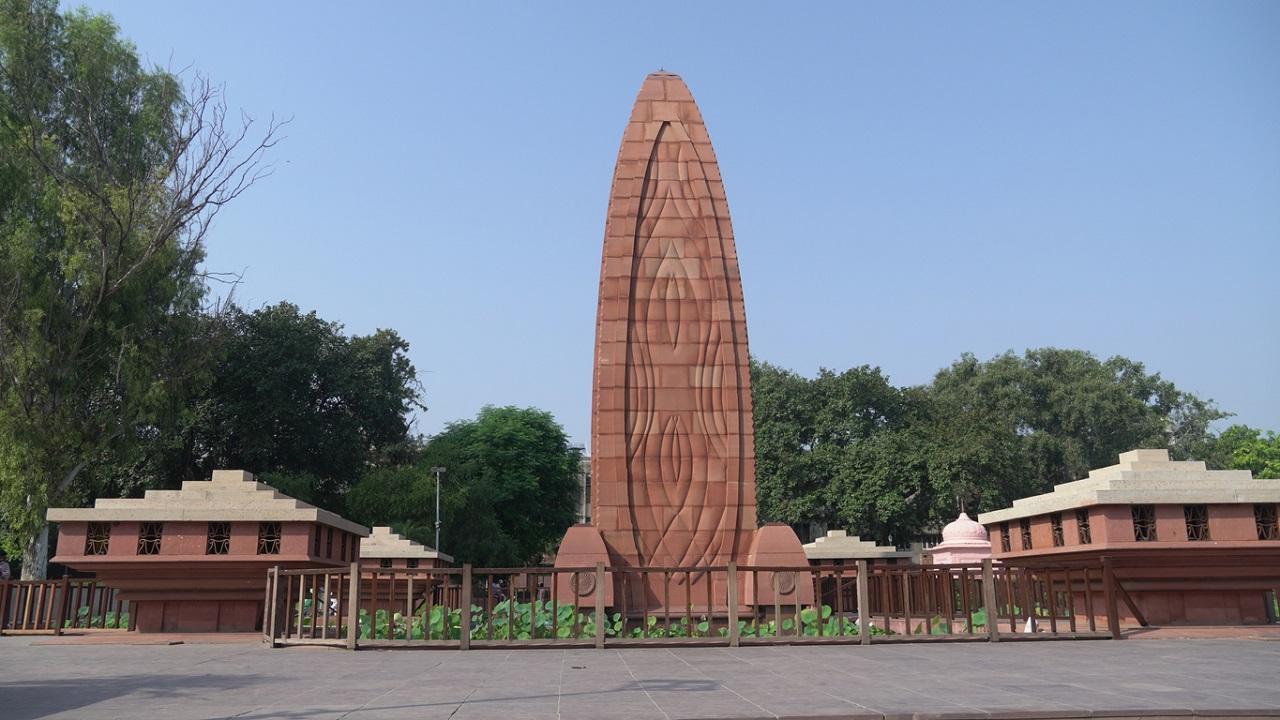The Rowlatt Act, a repressive law passed by the British colonial government in 1919 that allowed them to imprison anyone suspected of sedition without trial, set the stage for the massacre

Jallianwala bagh memorial in Amritsar. Pic/iStock
The Jallianwala Bagh Massacre occurred on April 13, 1919. It is one of the biggest massacres in the history of India during which British troops opened fire on a huge crowd of unarmed Indians in an open area known as the Jallianwala Bagh in Amritsar, Punjab.
ADVERTISEMENT
The Rowlatt Act, a repressive law passed by the British colonial government in 1919 that allowed them to imprison anyone suspected of sedition without trial, set the stage for the massacre. This act sparked widespread outrage throughout India, including in Punjab.
The British colonial government, led by General Reginald Dyer, viewed the protest as a challenge to their power and chose to intervene. Dyer and his forces invaded the Jallianwala Bagh on April 13, 1919, and blocked the sole exit, trapping the throng inside.
Also Read: Jallianwala Bagh Massacre Anniversary: History, events leading up to it
What happened on April 13, 1919
- The British had imposed a draconian Martial Law, banning public gatherings. Unaware, a crowd of unarmed protesters and pilgrims gathered at Jallianwala Bagh in Punjab's Amritsar on the occasion of Baisakhi.
- The crowd had assembled to peacefully protest at the venue condemning the arrest of freedom fighters Satya Pal and Dr Saifuddin Kitchlew.
- When Colonel Dyer got to know about the gathering, he reached the venue with around 50 soldiers and asked them to fire on those people.
- The firing went on for about 10 minutes and around 1,650 rounds of bullets were fired.
- According to reports, 379 people died and 1,200 were wounded in the Jallianwala Bagh massacre. Some records say, nearly a thousand were killed.
- The massacre angered Indians and Mahatma Gandhi gave a call for non-cooperation movement.
 Subscribe today by clicking the link and stay updated with the latest news!" Click here!
Subscribe today by clicking the link and stay updated with the latest news!" Click here!







